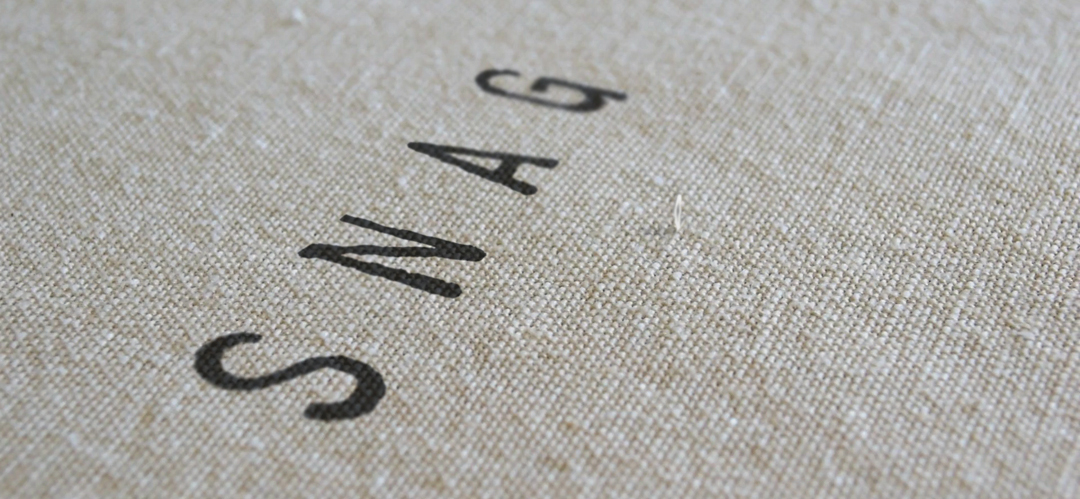A few of my students organized a Holiday-themed Alla Prima afternoon this past week. For some of our newer artists that seemed a tad more apprehensive about jumping into the challenge—I offered a short acronym for them to keep in mind when trying to capture a likeness their observed subject.
I told them ya gotta SNAG it. (I know, I know, it’s super cheesy but it works.) Here is the breakdown of what the acronym represents:

S- The Visual Survey. This step consists of the most basic measurements/dimensions of a subject or composition. It often includes, at a minimum, the greatest height and width of the representation, along with a center line. This state may also include envelopes if you like.
N- The Notan. This is the basic map of the light and dark overall light and dark areas of your subject. Imagine that every value you see must go into one of two categories (light or dark). This categorization builds a notan map. Static squinting is very helpful here (a squint that is severe enough to abstract a percept into (mostly) two general values.) We try to limit this map to only two values (one being the surface ground and the other a light application of a material that would be as “non-disruptive” to subsequent applications.) Additionally, some may also choose to leave the notan stage as a delineated map without any value lay-in. This option is just fine and is what we often refer to as a cartoon.
A- Anchors. An anchor describes a concrete landmark on our map. These marks are often your darkest darks, lightest lights, or highest chroma colors, etc. These marks are the “givens,” relative to your available materials ( some might say a form of “palette calibration,”) that you will use to solve for all other values/colors.
G- Gradations. This is the stage where value/colors are added outward from the anchors (based on their relationships to them.) These gradations/evolutions “growing out” from the anchors are built out like bacteria spreading out from several anchor points in a Petri dish. Dynamic squinting comes into play here to test/confirm perceived value/color relationships between the subject and the representation (as opposed to static squinting which is used to suss out the basic light/dark pattern.) An example of dynamic squinting would be as follows: Let’s say you place a value/color next to an anchor based on observations of your subject, but would like to be more confident about it. Well, one way to test it would be to look at the region of your SUBJECT in question while you slowly increase the severity of a squint until the two specific target values/colors are perceptually “fused.” The squint is then held at the exact severity where fusion occurred while one’s gaze is shifted to the corresponding values/color within the REPRESENTATION. If the values on the representation are not perceptually fused, you can be relatively certain that one of the values/colors is “incorrect” (and it’s usually not the anchor—hence why early anchors are so important.)
Hope that this simplification is useful to all of you as well! 😀
and Happy Holidays to you all~~~


Wonderful Article!
Really helpful article. I am going to start teaching this in all my classes in one form or another.